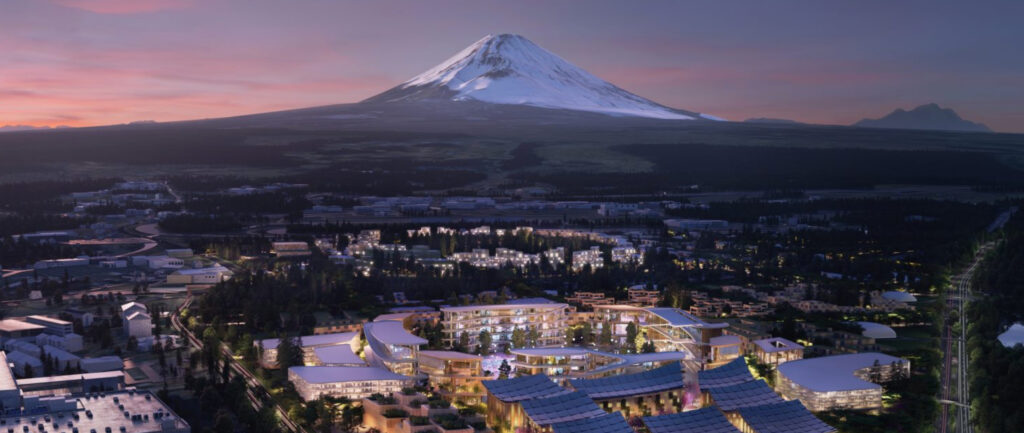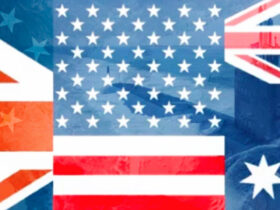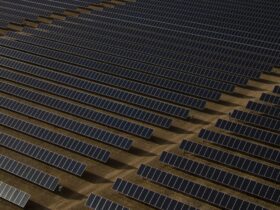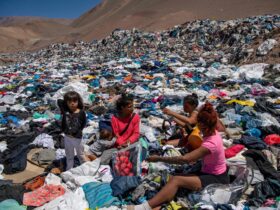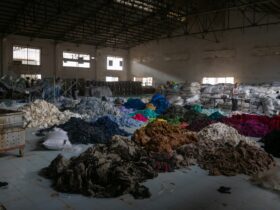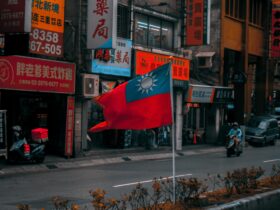LOS ANGELES — When envisioning a smart city, one might think of self-driving cars, robots, and sparkling clean streets. Fortunately, this vision will soon be within reach. The automobile company Toyota plans to fulfill this idealistic vision through its Woven City in Japan — a smart city powered by artificial intelligence and autonomy.
This smart city, located at the base of Mt. Fuji, will not only contain self-driving cars and in-home robotics systems, but will also incorporate environmental sustainability initiatives. Plans for the city were announced in January 2020 as a testing site for new technologies. The Woven City could serve as a blueprint for developing smart cities worldwide. Initial construction of the Woven City finally began on February 23rd, 2021. According to Toyota’s President Akio Toyoda, its overarching mission is to improve the quality of life for society and the environment.
The United Nations Economic Commission for Europe and the International Telecommunication Union jointly defined a smart city as a city using ICTS [Information and Communications Technology] and other technological methods to streamline urban living, while also upholding high environmental standards. The Woven City’s plans seemingly align with this definition.
Some people may argue that investing in smart cities is a futile endeavor. Since many people have never experienced in-home artificial intelligence (AI) systems and automated cars, automation of entire cities may seem out of touch with reality. However, the rapidly increasing population of urban areas across the world demands a new and more sustainable approach towards city living. Experts predict that 66% of the world’s population will soon live in cities by 2050. As of now, cities hold about 54% of the world’s population. Therefore, about 2.4 billion more people will reside in cities in the near future.
Overpopulation in urban areas has caused a plethora of problems. Environmental degradation, in particular, is one of the worst considering its negative consequences on future generations. While cities consume over 75% of the earth’s natural resources, they only cover under 2% of the earth’s geographical area.
In fact, the UN Environment Program predicts that this consumption will escalate from approximately 40 billion tons in 2010 to 90 billion tons by 2050. The resources at risk of depletion include fossil fuel, food, and water. Cities cannot sustain themselves if new technologies are not implemented. Smart cities can overcome these harrowing statistics.
Located only 60 miles away from Tokyo, the Woven City will serve as a learning tool and catalyst for other cities to embark on a similar, sustainable route.
Before the concept of a smart city, the Woven City’s location was once a Toyota plant which produced vehicles for 53 years. The plant produced up to 7.52 billion cars. The site’s impressive origins will be honored by the new development. Toyota Times President Akio expressed this sentiment:, “We want to weave the Higashi-Fuji Plant’s history into the future of this city.”
Despite Japan’s Woven City having yet to physically exist, its blueprints are quite impressive. Toyota Research Institute-Advanced Development (TRI-AD), revealed their plans for new automation technology within the Woven City in July of 2020.
The Woven City’s automation will initially serve about 2,000 Toyota employees and their families, retirees, retailers, and scientists. The 175-acre city lies on the base of Mount Fuji, and simultaneously acts as a residential area and a testing ground for AI and robotics.
Toyota’s robotics development will manifest through in-home daily living assistance, in which AI observes health and basic needs. The robotics system will also take out trash and restock refrigerators as needed. Outside the home, streets and sidewalks will be organized as a comprehensive grid. This proposed grid includes plans to interweave self-driving car streets, pedestrian sidewalks, and bike paths. Beneath the streets and paths will lie an underground road to transport goods. One noteworthy element of this innovative transportation system is Toyota’s e-Palettes, which are autonomous vehicles used for deliveries and retail.
The mastermind behind the Woven City’s grand design is Bjarke Ingel, a Danish architect who designed New York City’s two World Trade Center buildings and Google’s headquarters. With sustainability in mind, Ingel has planned the city’s buildings to be made of wood, which has an environmentally-friendly impact and reduces the carbon footprint. Furthermore, the city will be powered by fuel cell electricity, a hydrogen-oxygen reaction.
The timing of the Woven City’s construction and the Tokyo 2021 Olympic Games is also quite convenient for influencing other countries. Toyota’s e-Palettes transported athletes and staff. The utilization of Toyota technologies during such a major world event could inspire other countries who watched to develop and adopt similar innovative methods. This aspect of cultural diplomacy may indicate sustainability’s increasingly international role in the future.
Halfway across the world, Barcelona has already witnessed incredible results due to smart city technology. The Barcelona Lighting Master Plan transformed over 1,000 lamp posts into LED, resulting in decreased energy waste. The LED lamp posts also sense when pedestrians are close by, which automatically switches the power on and off. Additionally, Barcelona’s sensors that monitor the rain help determine the amount of irrigation needed in an area.
Barcelona also developed a system of remotely activated electronic valves to deliver water throughout the city. Overall, Barcelona saved $58 million on water and an additional $37 million in decreased lighting costs. Cities like Barcelona can effectively curtail water losses by 25% through sensors and data. With this technology, individuals can save 25-80 liters of water a day.
Barcelona and the Woven City serve as reminders that the world is well-informed on how to mitigate environmental degradation. The dilemma resides in whether or not cities and governments are willing to spend the energy and resources necessary. Rapid urbanization and the resulting rapid pollution are a lethal combination when thinking about the earth’s future. While still an unfamiliar concept, smart cities can serve as the future communities in which society will be able to successfully adapt and thrive.


